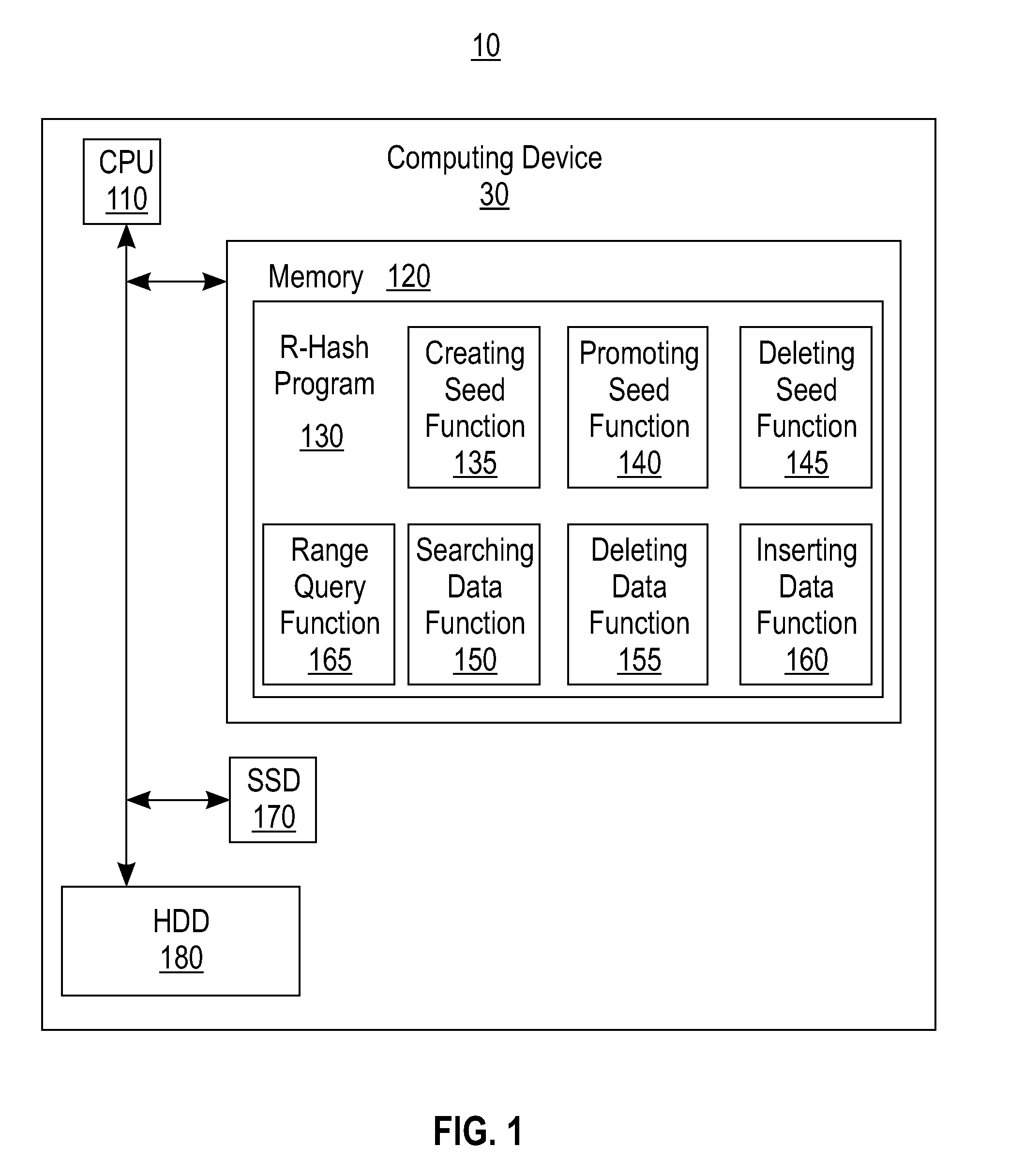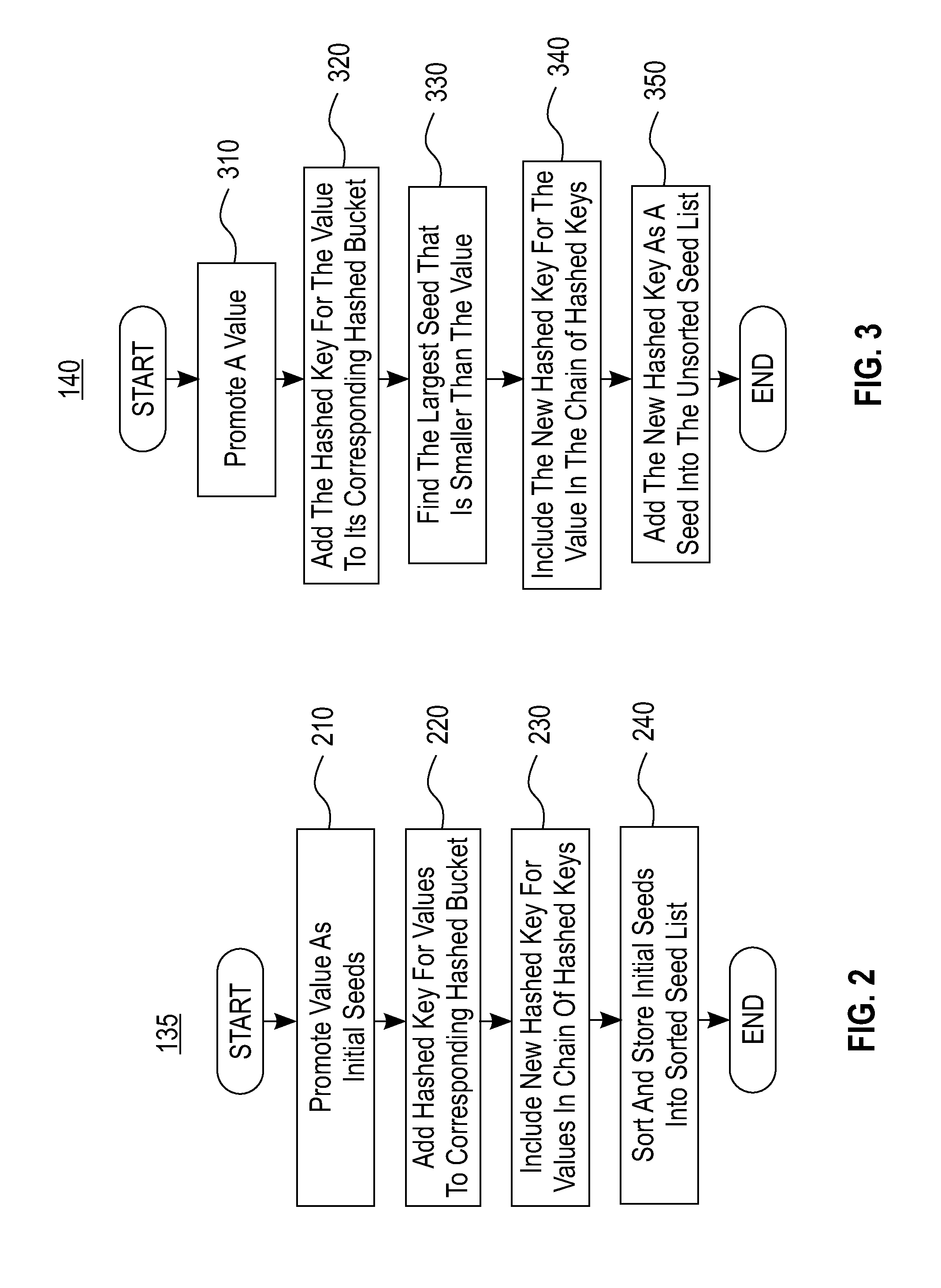In-memory latch-free index structure
a latch-free index and in-memory technology, applied in the field of online transaction processing, can solve the problems of high throughput of online transaction processing applications, affecting the cost-benefit analysis of online transaction processing systems, and high input or output requirements
- Summary
- Abstract
- Description
- Claims
- Application Information
AI Technical Summary
Benefits of technology
Problems solved by technology
Method used
Image
Examples
Embodiment Construction
[0016]There is a paradigm shift in online transaction processing (OLTP) from the perspective of both hardware and software. The hardware trends are cheaper systems, having larger main-memory, and a larger number of cores per processor. The trends are paving the way for OLTP databases to become entirely memory-resident with substantially faster latency and to potentially support more concurrent environments which exhibit substantially faster throughput. The software trend is to exploit latch-free and low-maintenance data structures to allow concurrent readers and writers of data to proceed together by minimizing contention. However, the research in the database community has been dominated by disk-based and block-accessible data structures, designed to reduce the number of random physical addresses. The research has paid little attention to latch-free (or lock-free) byte-addressable main-memory structures.
[0017]The most widely used index structures are hash table and B-Tree structure...
PUM
 Login to View More
Login to View More Abstract
Description
Claims
Application Information
 Login to View More
Login to View More - R&D
- Intellectual Property
- Life Sciences
- Materials
- Tech Scout
- Unparalleled Data Quality
- Higher Quality Content
- 60% Fewer Hallucinations
Browse by: Latest US Patents, China's latest patents, Technical Efficacy Thesaurus, Application Domain, Technology Topic, Popular Technical Reports.
© 2025 PatSnap. All rights reserved.Legal|Privacy policy|Modern Slavery Act Transparency Statement|Sitemap|About US| Contact US: help@patsnap.com



